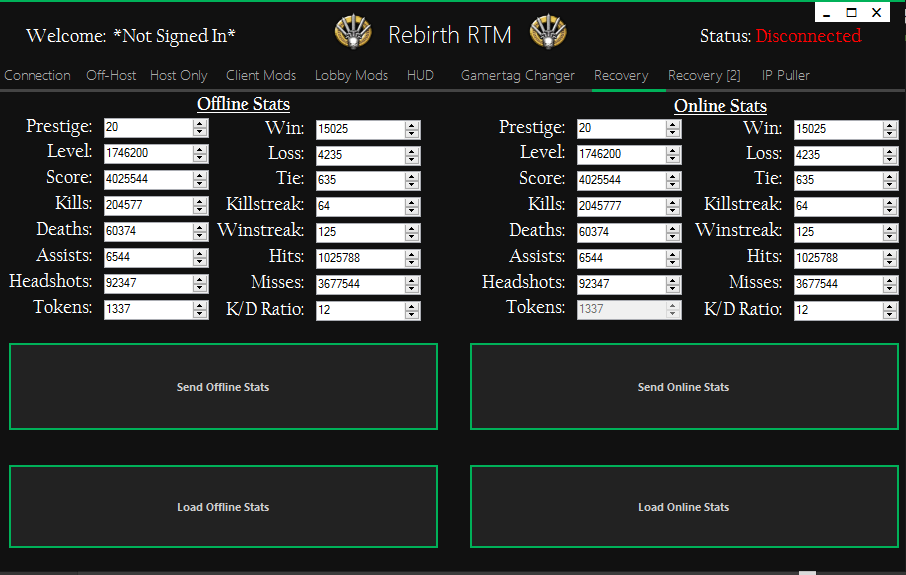

- #NO IP DUC SETUP HOW TO#
- #NO IP DUC SETUP FULL VERSION#
- #NO IP DUC SETUP UPDATE#
- #NO IP DUC SETUP SOFTWARE#
In this section we will look how to configure TCP port forwarding for our 3x nodes. One of the main hurdles for setting up a good working node is the port forwarding step, which has been the cause for many bad performing farmers.

If your router does not support TCP port forwarding, have a look at chapter 5 of Running a V3 Storage Node with PIA (VPN) guide to obtain a forwarded port. The user must manually configure TCP port forwarding as it provides the most stable configuration possible.
#NO IP DUC SETUP SOFTWARE#
Also note that is one single line, no matter how it looks in your browser (copy & paste will work fine).To successfully connect to the outside world, the storage node software is using TCP forwarded ports.
#NO IP DUC SETUP UPDATE#
Note the multiple hosts in the update url, separated by commas. There is a package you can download specifically for handling, but I prefer to use OpenWrt's "Custom" option, especially when updating multiple hosts, like this. Most of the dynamic host providers are fairly easy to setup. 0" link using the hash value from openssl. Openssl x509 -outform PEM įinally, create a valid ". Openssl s_client -connect :443 temporary.out Here is how to create the certificate for, the namecheap update server. You really don't want to be throwing your domain update passwords over the internet in plain text.
#NO IP DUC SETUP FULL VERSION#
Note, if you use SSL (as in above example) you will need to install the full version of wget.Īnd install the proper SSL certificates.Īnd install valid certificates for whatever domains you plan to access with the ddns updater script using SSL. You could also use the plain text ip service, but I'm not going to demonstrate that here. I use the script elsewhere on the system. It simply returns your external IP in plain text, which is precisely what the "web" option (above) does. You will note I also have a "script" to determine my external IP address. # option ip_source script # option ip_script /usr/local/bin/myextip

If you are creating a config in /etc/config/ddns, it might look something like this example namecheap ddns upate. I'm not a fan of the web interface for configuring OpenWrt, but you can certainly use that to configure your ddns scripts. If you want to use the web interface to configure your DDNS, also do. Either use LuCI (System > Software) a shell, do. Hopefully this page can take away some of that pain. When I say "automatically", I mean once it's setup correctly, which in OpenWrt can be a pain in the arse. OpenWrt can handle every single one of your dynamic host names automatically. If you run OpenWrt you don't need any of that extra stuff running on your machines. These DDNS suppliers provide scripts, programs, apps and such to keep your current IP in sync with the corresponding host name records. When our dynamic external IP changes, for example when we reconnect our DSL, we simply let the "Dynamic DNS" (DDNS) provider know our new IP, and they instantly update the world's DNS records (it usually takes a few minutes for changes to propagate the entire planet). Servers with fixed IP addresses that you can always get to by that same IP address/name combo.īut many of these names need to point to services which run on our OWN machines, for example to run web or ftp servers at home, or to access your security/IP cameras when you are out and about, or for VPNs and remote logins and much, much, MUCH more.īut OUR Machines are behind NATs and inside ISP Dynamic IP Address pools and the IP Address of our "home" can quite literally change from one minute to the next, unless you are paying your ISP (handsomely) for a fixed IP, which would be mad, as we have dynamic host name providers! Mostly these hosts get used for web sites, and mostly they are hosted on regular web servers "out there". These might be names we registered with a domain registrar, or names we have aquired through one of the many, many dynamic hosts services, such as. DDNS (dynamic host names) DUC setup in OpenWrt.įor a zillion and one reasons, many of us own host "names".


 0 kommentar(er)
0 kommentar(er)
